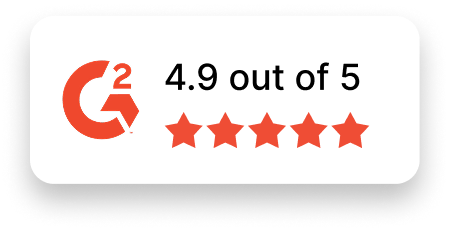Analytics Engineer Job Description Template
Use this template to craft job descriptions for hiring Analytics Engineers at various levels. Customize it to fit your organization’s requirements.
Job Title: Analytics Engineer
Location: [Specify Location or Remote]
Job Type: [Full-time/Contract/Remote]
About the Role
We are looking for a skilled and detail-oriented Analytics Engineer to bridge the gap between data engineering and data analysis, ensuring the seamless transformation of raw data into actionable insights. You will design, build, and maintain data pipelines, modeling structures, and analytics tools that empower the organization to make data-driven decisions. This role is ideal for someone who enjoys working with data and developing robust, scalable solutions to support analytics needs.
If you have a passion for designing systems that make data accessible and meaningful, we encourage you to apply.
Responsibilities
- Design and implement efficient data pipelines to process and transform raw data into user-friendly models.
- Develop and maintain robust, scalable, and reusable data models to support reporting and analytics workload.
- Collaborate with data analysts, scientists, and stakeholders to identify data requirements and solve complex business problems.
- Ensure data quality and accuracy by implementing proper testing, validation, and monitoring processes.
- Optimize data structures for performance, scalability, and usability across analytics tools.
- Advocate for best practices in data modeling, governance, and documentation.
- Stay informed about emerging trends and technologies in the data engineering and analytics space.
- Document workflows, processes, and technical specifications to ensure knowledge sharing and maintenance.
Required Skills & Experience
- Bachelor’s degree in Computer Science, Data Science, Engineering, or a related field (equivalent experience will also be considered).
- Proven experience in data modeling, ETL (Extract, Transform, Load) pipelines, and analytics engineering.
- Proficiency in SQL and experience working with relational and non-relational database management systems.
- Familiarity with data transformation tools such as dbt (data build tool), Apache Airflow, or similar platforms.
- Experience with cloud data platforms like Snowflake, Google BigQuery, AWS Redshift, or similar systems.
- Knowledge of programming languages used in data engineering, such as Python or R.
- Strong problem-solving abilities and attention to detail in troubleshooting complex data issues.
- Excellent communication and collaboration skills to work effectively with cross-functional teams.
Why Join Us?
- Meaningful Impact: Empower the organization with accurate, timely, and actionable data insights.
- Career Development: Advance your expertise in a growing field with cutting-edge tools and methodologies.
- Flexible Work Options: Enjoy the convenience of remote or hybrid work arrangements to achieve work-life balance.
- Team Collaboration: Join a supportive and innovative team that values curiosity and continuous improvement.
- Inclusive Environment: Be part of a company that celebrates diversity and fosters a culture of respect and belonging for everyone.
Apply Now
Are you excited about enabling better decision-making through robust analytics engineering? Join [Your Company Name] as an Analytics Engineer and play a critical role in transforming data into insights that drive success. Apply today to become part of our forward-thinking team!

